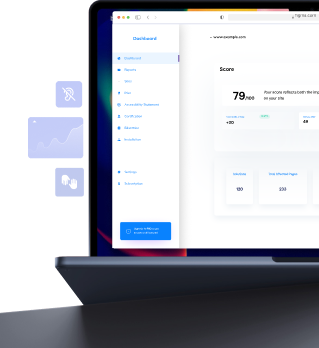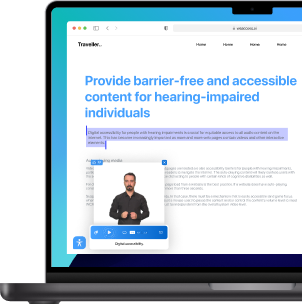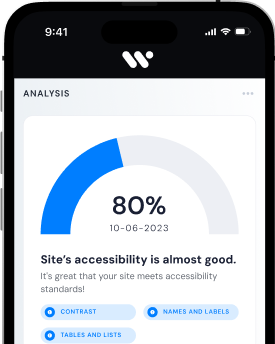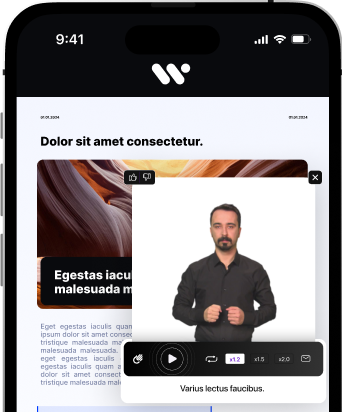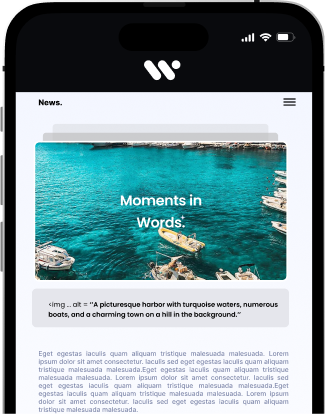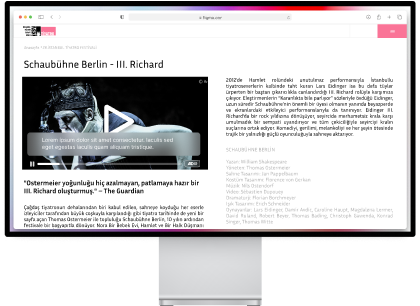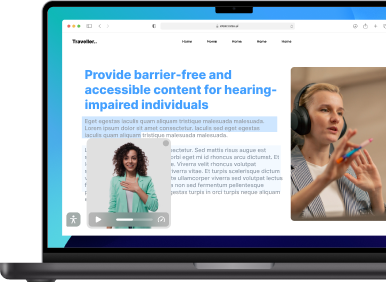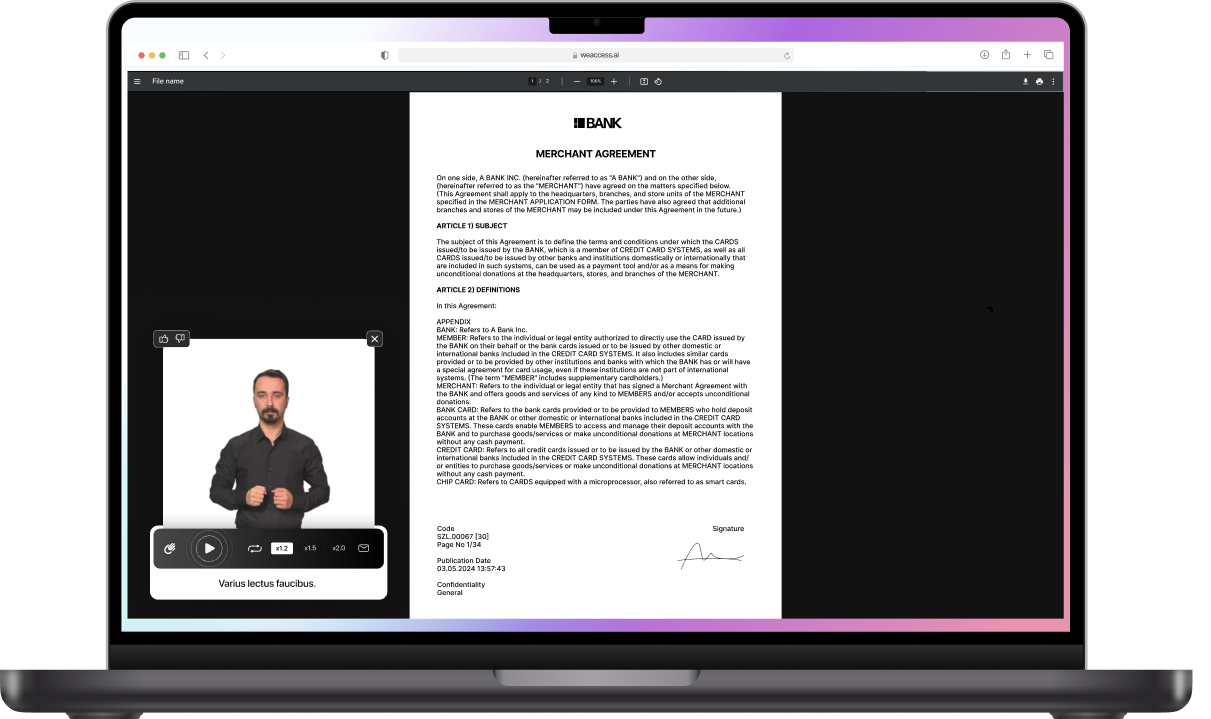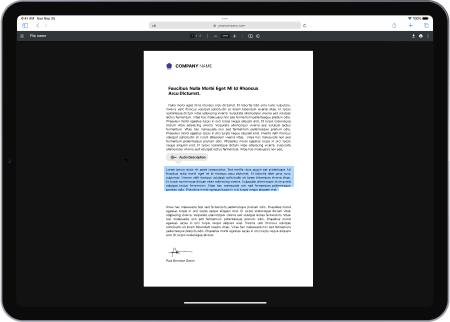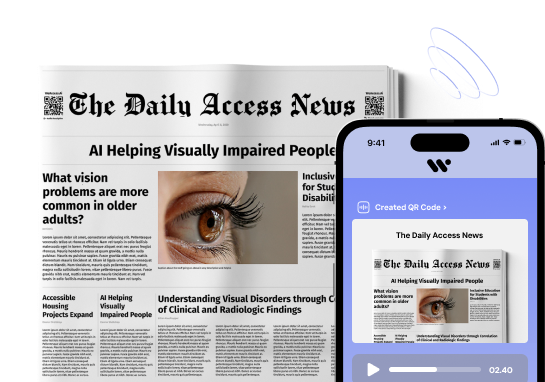ADA Compliance Widget: Navigating the Path to Inclusivity
In today's digital era, ensuring that online platforms are accessible to everyone is paramount. One of the key components in achieving this goal is the use of ADA compliance widgets. These small yet powerful tools play a crucial role in making websites accessible to individuals with disabilities. Let's delve into the world of ADA compliance widgets, exploring their significance, implementation, and the impact they have on user experience.
I. Introduction
A. Brief Overview of ADA Compliance
Ensuring accessibility for individuals with disabilities is not just a legal requirement; it's a moral obligation for businesses and website owners. The Americans with Disabilities Act (ADA) sets the standard for accessibility, emphasizing the need for reasonable accommodations.
B. Importance of ADA Compliance Widgets
ADA compliance widgets act as a bridge between websites and users with disabilities. These widgets assist in creating a more inclusive digital environment, ensuring that everyone, regardless of their abilities, can navigate and interact with online content seamlessly.
II. Understanding ADA Compliance Widgets
A. What are ADA Compliance Widgets?
ADA compliance widgets are tools integrated into websites to enhance accessibility. They address various disabilities, including visual and auditory impairments, ensuring that users can perceive, understand, navigate, and interact with online content effortlessly.
B. Key Features and Functions
These widgets come equipped with features such as text-to-speech, adjustable font sizes, and color contrast adjustments. The functions of ADA compliance widgets go beyond mere accommodation; they empower users with disabilities to engage with online content on their terms.
C. Types of Accessibility Widgets
There are various types of ADA compliance widgets available, each catering to specific needs. From screen reader widgets to voice recognition tools, website owners have a range of options to choose from based on their audience's requirements.
III. Significance of ADA Website Widget
A. Enhancing User Experience
ADA compliance widgets contribute significantly to improving the overall user experience. They enable users with disabilities to navigate websites independently, fostering inclusivity and equal access to information and services.
B. Legal Implications for ADA Compliance
Apart from the ethical considerations, ADA compliance is a legal requirement. Failure to implement accessibility measures, including ADA compliance widgets, may lead to legal consequences and damage to a brand's reputation.
C. Benefits for Businessesr
Investing in ADA compliance widgets not only ensures legal compliance but also opens up new opportunities for businesses. Catering to a wider audience enhances customer satisfaction and loyalty, positively impacting the bottom line.
IV. Exploring Accessible Widget Optionsk
A. Overview of Available ADA Widgets
Numerous ADA compliance widgets are available in the market, each offering unique features. From free plugins to premium solutions, businesses can choose widgets that align with their budget and specific accessibility needs.
B. Comparison of Top 3 ADA Compliance Widgets
To assist businesses in making informed decisions, we'll compare the top three ADA compliance widgets. This comparison will cover features, ease of integration, and user reviews to help website owners select the most suitable option.
C. Factors to Consider When Choosing a Widget
Selecting the right ADA compliance widget involves considering factors such as the website's target audience, compatibility with existing platforms, and the level of customization required. Businesses should prioritize widgets that align with their unique needs.
V. Implementation of ADA Compliance Widgets
A. How to Check for ADA Compliance
Before implementing ADA compliance widgets, website owners need to assess their current level of accessibility. Various online tools and checklists are available to help businesses evaluate their websites and identify areas that need improvement.
B. Step-by-Step Guide to Adding ADA Compliance Widgetsz
The process of integrating ADA compliance widgets varies based on the chosen solution. This section will provide a step-by-step guide, offering clarity on how businesses can seamlessly add these widgets to their websites.
C. Best Practices for Ensuring ADA Compliance
Beyond widgets, there are additional best practices that contribute to overall ADA compliance. This includes creating accessible content, providing alternative text for images, and designing websites with a user-first approach.
VI. Frequently Asked Questions
A. What is the ADA widget?
The ADA widget is a tool designed to make online content accessible to individuals with disabilities. It includes features that enhance the user experience for those with visual, auditory, or cognitive impairments.
B. How do I check for ADA compliance?
Checking for ADA compliance involves using online tools and checklists to assess a website's accessibility. These assessments help identify areas that may need improvement to meet ADA standards.
C. How do I add ADA compliance?
Adding ADA compliance involves integrating ADA compliance widgets into a website. The step-by-step guide provided earlier in the article offers detailed instructions for businesses looking to enhance their website's accessibility.
D. What is ADA compliance?
ADA compliance refers to ensuring that digital content and services are accessible to individuals with disabilities. It involves implementing measures, such as ADA compliance widgets, to make websites inclusive and accommodating.
VII. Real-world Success Stories
A. Businesses Benefiting from ADA Compliance Widgets
Explore real-world examples of businesses that have successfully implemented ADA compliance widgets. These success stories showcase the positive impact on user engagement and customer satisfaction.
B. User Testimonials and Feedback
Gather insights from users who have experienced improved accessibility due to ADA compliance widgets. Their testimonials provide valuable feedback on the effectiveness of these tools.
VIII. Challenges and Solutions
A. Common Challenges in Implementing ADA Compliance
While ADA compliance is crucial, businesses may face challenges during implementation. This section addresses common hurdles and provides solutions to ensure a smooth transition to an accessible online presence
B. Solutions to Overcome ADA Compliance Hurdles
From budget constraints to technical challenges, this section outlines practical solutions for businesses looking to overcome obstacles in their journey toward ADA compliance.
IX. Future Trends in ADA Compliance
A. Emerging Technologies for Accessibility
Explore upcoming technologies that will further enhance digital accessibility. From AI-driven solutions to innovative user interfaces, the future holds exciting possibilities for making online content more inclusive.
B. The Role of ADA Compliance in Evolving Digital Landscapes
As digital landscapes evolve, ADA compliance becomes increasingly integral. This section discusses the evolving role of ADA compliance in keeping pace with technological advancements and changing user expectations.
Conclusion
A. Recap of ADA Compliance Widget Benefits
In conclusion, ADA compliance widgets play a pivotal role in fostering inclusivity on the internet. By prioritizing accessibility, businesses not only meet legal requirements but also create a positive and welcoming online environment for all users.
B. Encouragement for Businesses to Prioritize Accessibility
The journey towards ADA compliance is ongoing. Businesses are encouraged to continuously assess and improve their accessibility measures, ensuring that everyone, regardless of ability, can fully engage with their online offerings.

